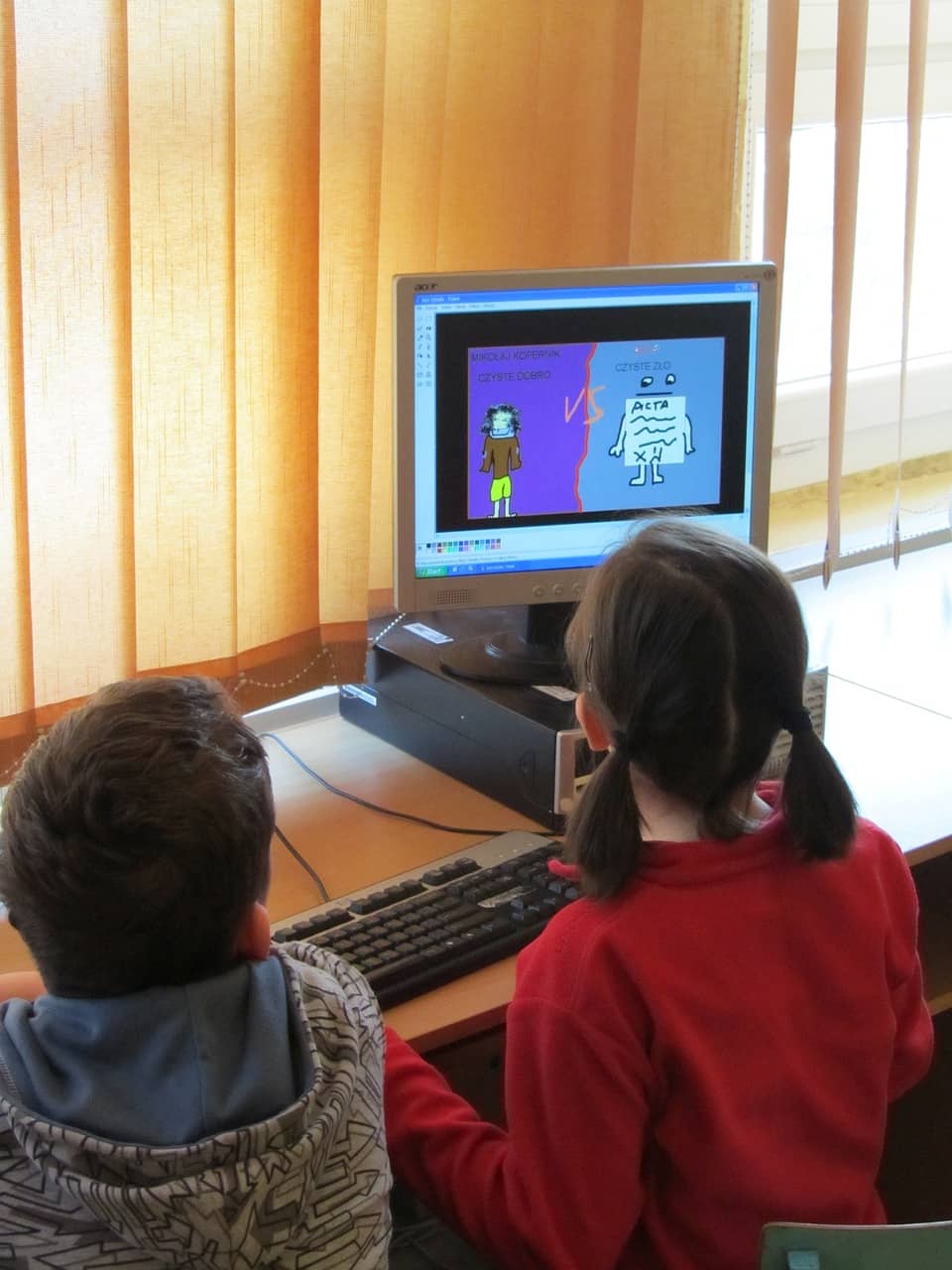
Creating Art with a Mouse: A Step-by-Step Guide on How to Draw on Your Computer Without a Tablet
Are you an artist with a passion but no medium? If so, you may be considering purchasing a tablet to help make your art more digital. On the other hand, if money is tight, traditional methods are more accessible.
The good news is that you don’t need to invest in expensive equipment to create beautiful art! With some patience and commitment, creating digital art using just a mouse can equal drawing on a tablet–with absolutely no additional costs!
This guide will walk through step-by-step instructions of how to draw digitally without buying any extra hardware or software.
In recent years, making computer art has become more and more common. While many artists use graphics tablets to draw on their computers, not everyone has access to one. Fortunately, it is still possible to create beautiful artwork using just a mouse and some basic software. In this step-by-step guide, we will explore the process of creating digital art without a tablet, and offer tips and tricks to help you improve your skills.
You will know more about how to make digital art using only a mouse by the conclusion of this blog and be able to use these methods on your own projects. then let’s get going!
Set Up Your Workspace
You must have a cosy workspace that meets your requirements before you start drawing on your computer without a tablet. Make sure your computer is initially configured so that you can readily access the keyboard and mouse. Adjust the desk and chair height if you’re using a desktop computer so that your wrists are parallel to the floor and your feet can rest peacefully on the floor. Use a stable table or desk for your laptop, and recline comfortably in a chair with a backrest.
After that, check to see if your mouse is operating properly and that its settings are set to your tastes. Your computer’s options allow you to customise the mouse’s speed and sensitivity. The use of a mouse pad, which offers a smoother surface for your mouse to move on and is simpler to control, is also beneficial. Lastly, take into account the lighting in your office. To prevent eye strain and make it possible for you to easily see the screen, make sure the area is well-lit. To make your computer screen more comfortable to work on, you might also want to change the brightness and contrast.
You can easily draw on your computer by taking the time to properly set up your workspace, which will result in a relaxing and effective atmosphere. You can concentrate on your art and accomplish your creative goals without a tablet if you have the proper resources and surroundings.
Choose Your Drawing Software
Choosing the right drawing software is essential for creating art with a mouse. There are many software options available, ranging from free and basic to expensive and complex. When selecting a program, consider the features you require, the level of your skills, and your budget.
GIMP, a free, open-source application with features comparable to those of Adobe Photoshop, is one of the most well-liked choices for novices. It is a strong application with a variety of tools for painting, drawing, and editing pictures. GIMP supports layers, channels, and masks, allowing users to create complex artwork with ease.
If you are looking for more advanced software, consider investing in programs such as Corel Painter or Paint Tool SAI. Corel Painter is a professional-level painting program that offers realistic brush strokes and texture, while Paint Tool SAI is a lightweight program that is highly regarded for its smooth and stable brush strokes. Both programs are excellent choices for artists who want to create detailed and complex artwork. Ultimately, the choice of software will depend on your individual preferences, artistic goals, and budget.
Adjust Your Settings
It’s crucial to change your settings for the software you’ve decided to use in order to get the best results when drawing with a mouse. By doing this, you’ll be able to adjust the drawing tools to your particular requirements and produce lines and forms with greater accuracy.
One of the key settings to adjust is the brush size. You might be able to select from a variety of brush sizes or even directly adjust the brush size depending on the software. You should try various brush sizes to determine which one is best for the style of drawing you want to produce. You can also have more control over the outcome by changing the brush’s density or transparency. Other settings to consider adjusting include the smoothing, pressure sensitivity, and brush shape, which can all affect the precision and style of your drawing. To get the most out of your mouse-drawn artwork, take the time to investigate and modify these options.
Start Sketching
Once you have set up your workspace and chosen your drawing software, it’s time to start sketching.
- Start with basic shapes: Start with simple geometric forms like triangles, rectangles, and spheres. Create the outlines of your image using these shapes.
- Use layers: Layers are a useful feature in most drawing software. Use them to separate different elements of your drawing and make it easier to edit later.
- Use a reference image: If you are struggling to draw a particular object or scene, use a reference image to help guide your drawing.
- Experiment with brushes and tools: Try out different brushes and tools to find the ones that work best for you.
- Practice, practice, practice: Drawing with a mouse can be challenging, so don’t expect to create a masterpiece on your first try. Keep practising and refining your skills, and eventually, you will improve.
Remember, the key to creating great art with a mouse is to have patience and persistence. With practice and dedication, you can create beautiful and unique digital art that is just as impressive as traditional art.
Add Details and Colour
After you have your basic sketch, it’s time to start adding details and colour to your drawing. This is where your creativity can really shine, and you can use your mouse to create stunning artwork. Here are some tips to help you add details and colour to your drawing:
- Use layers: Layers are a powerful tool in digital art that allows you to work on different parts of your drawing independently. This means you can easily make changes without affecting other parts of your drawing. Start by adding a new layer for each new element you want to add to your drawing.
- Zoom in and out: As you add details, it can be helpful to zoom in on your drawing so you can see what you’re doing more clearly. You can also zoom out to see how your drawing looks as a whole.
- Experiment with different brush types and sizes: Most drawing software allows you to customize your brush type and size. Experiment with different brushes to see which ones work best for your drawing.
- Use a colour palette: A colour palette can help you keep your colours consistent and create a more cohesive drawing. Most drawing software includes a colour picker or colour wheel that you can use to choose your colours.
- Save frequently: Digital art can be lost if your computer crashes or you accidentally close the program. Save your work frequently to avoid losing any progress.
Save and Share your Work
Once you have completed your digital artwork, it’s essential to save it correctly. To keep your work’s detail and colour accuracy, make sure to save it in a high-quality file, like PNG. Saving in lower-quality formats, such as JPEG, can cause a loss of image quality.
And lastly, don’t be reluctant to distribute your effort to others! You can share your artwork and network with other artists in online groups like DeviantArt or Instagram. You can develop your abilities and advance as an artist by getting constructive criticism and input from others. And who knows, your artwork may even inspire others to create their own digital masterpieces!
Conclusion
In conclusion, creating art on a computer without a tablet is possible and can be a fun and rewarding experience. With the right software, settings, and techniques, anyone can draw and create digital art using just a mouse. To get started, it’s crucial to set up your workspace, select the appropriate programme, tweak your settings, and start sketching. In order to make your artwork come to life, it’s also crucial to add colour and details. You should also save and share your work so that you can display it to others. While a tablet may offer more precision and control, a mouse can still produce beautiful artwork with practice and patience. So, grab your mouse, open your software, and start creating!

